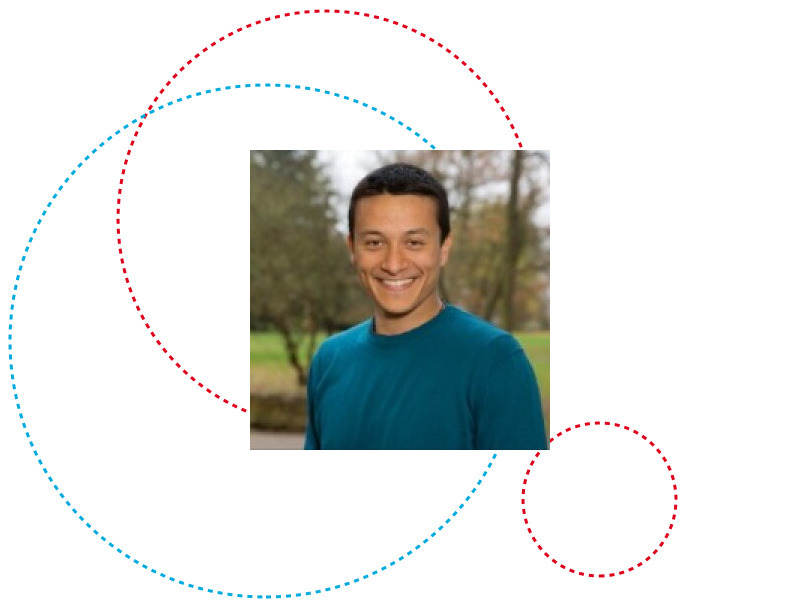Members of the defense committee:
- Chairman: Dr Nejati Shiva, University of Luxembourg
- Deputy Chairman: Dr. Alagha Nader, European Space Agency, Research and Technology Center (ESTEC), The Netherlands
- Supervisor: Prof. Dr. Ottersten Björn, University of Luxembourg
- Member: Prof. Dr Luise Marco, University of Pisa, Italy
- Member: Dr. Mysore Rama Rao Bhavani, University of Luxembourg
- Expert: Dr. Konstantinos Liolis, SES S.A., Luxembourg
Abstract:In recent years, communication networks have seen a huge growth in the amount of requested throughput, pushed from the combination of two main drivers: the introduction of new services and the improvement of existing ones, requiring increased amount of traffic (e.g. higher quality of video content). These effects mandate the constant evolution of current systems in order to cope with the growing user demand and should be tackled from multiple angles. On the one hand, better utilization of available resources might help in the short term to keep up with the market and has always been an important priority for operators of terrestrial and satellite networks alike. On the other hand, acquisition and exploitation of currently unused resources might fuel the growth for a significantly longer period of time, ensuring longevity and thus enabling future-proofing of current systems. Both these topics are addressed in this thesis with specific applications relevant to satellite communication networks.
In the first part, this thesis focuses on maximization of the user capacity by better exploiting the available radio resources. Motivated by the substantial capacity gains enabled by a higher bandwidth allocation, we investigate the optimization of satellite systems employing full-frequency reuse on the user downlink. Unlike most of the literature on the subject, usually resorting to precoding techniques to mitigate the interference, we propose a combination of predistortion and precoding to jointly counteract on-board non-linear distortions and multi-user interference. First, a flexible framework for the optimization of transmit processing schemes in communication chains is presented. This framework expands on the application of the well-known gradient descent technique by applying it to the maximization of the received Signal to Noise plus Interference ratio in complex communication systems. To do so, it identifies a suitable mathematical representation of various key blocks of the system and exploits the chain rule of the derivative to compute the overall gradient as a cascade of the single components. Afterwards, this framework is validated by optimizing the coefficients of the proposed predistortion architecture for the satellite system in analysis. The obtained results highlight the flexibility of the developed optimization framework and the benefits of the suggested predistortion strategy compared to the existing state of the art solutions.
In the second part of the thesis, the focus is shifted towards investigating the exploitation of novel resources by looking at the use of optical frequencies for ground-to-space feeder links. The topic is introduced by a survey of existing benefits and limitations of free space optical communications. Subsequently, the implications of employing optical frequencies in long distance ground-to-space feeder links with transparent satellites are addressed. Furthermore, a powerful and flexible simulation tool was developed and exploited during the course of this thesis to model and assess the Physical (PHY) layer performance of hybrid optical/Radio Frequencies (RF) satellite networks. This tool is presented together with the scenarios and results obtained as part of the project ONSET (Optical Feeder Links Study for Satellite Networks – ESA Contract No. 40000113462/15/NL/NDe).
Finally, the thesis investigates a scenario that combines the transmit processing techniques analyzed in the first part and the context of optical feeder links evaluated in the second part. A hybrid optical/RF system is considered with an electrical predistorter in place to counteract the impairments induced by the combined effects of electrical and optical nonlinearities encountered along the end-to-end chain. The developed mathematical framework is exploited to jointly optimize the predistortion coefficients and the working point for the electro-optical modulator. The performance results obtained after the optimization procedure demonstrate the efficacy of the proposed approach for hybrid optical/RF systems with analogue modulations.
